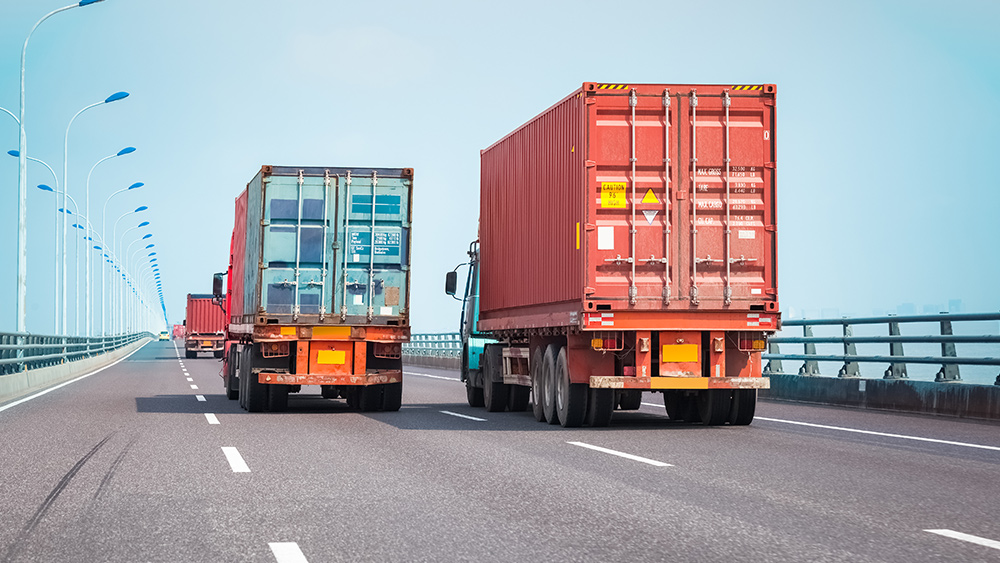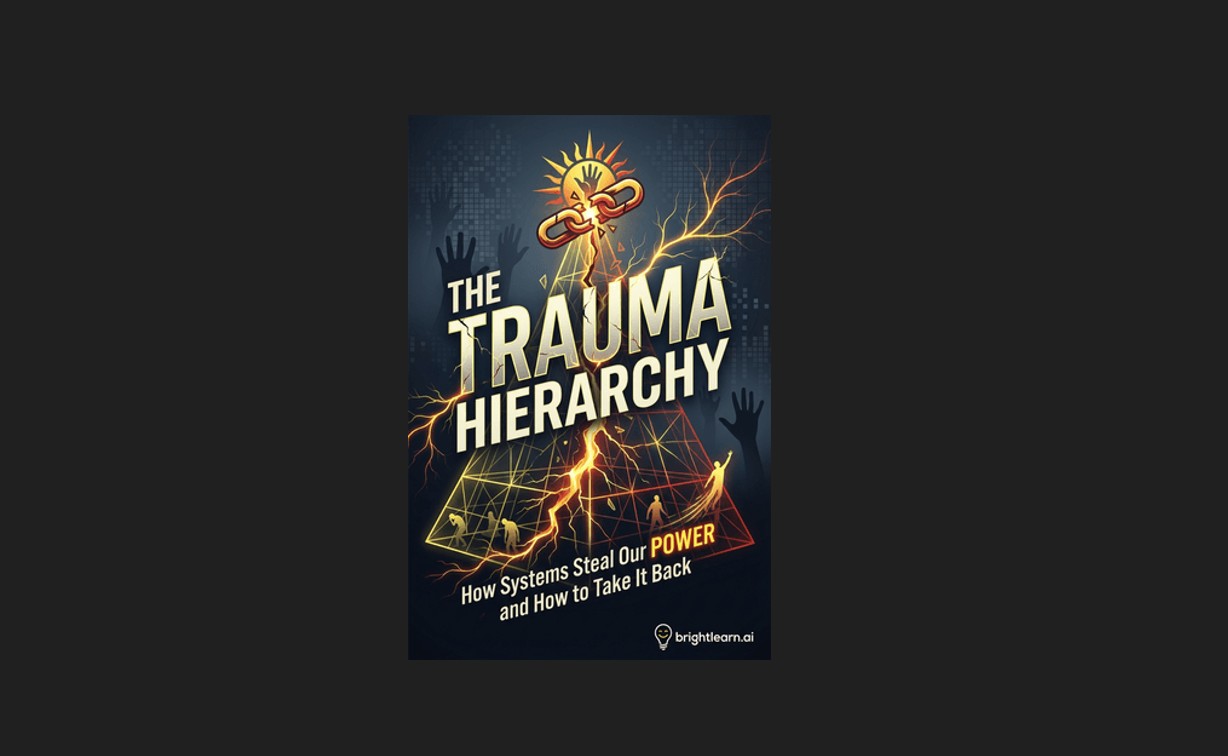Federal report: More truck drivers are dying from not using seat belts
By zoeysky // 2023-07-04
Tweet
Share
Copy

Recent fatality data has revealed that more truck drivers are dying from not using their seat belts, which has now become a cause of concern for federal regulators.
Polly Trottenberg, the deputy secretary of the Department of Transportation (DOT), spoke at a DOT safety forum and warned that seat belt usage has gone down in trucking and other sectors. "And when we look at the fatality numbers they are extraordinarily disproportionately people who are unbelted," said Trottenberg.
In 2021, an alarming 64 percent of truck drivers killed in large truck crashes were not wearing their seat belts, according to the latest data compiled by the National Highway Traffic Safety Administration (NHTSA). The figures were only 59 percent and 44 percent in 2019 and 2020, respectively.
Seat belt use is crucial for truck driver safety
Data on deaths of large-truck occupants (drivers or passengers) show that only 42.6 percent were wearing seat belts. Out of the drivers who were not, at least 75 percent were totally ejected from the truck. (Related: Truck driver killed, hazardous materials found as train and truck collide in Houston.) Jessica Powell, a Federal Motor Carrier Safety Administration statistician, said that it is a trend experts are focusing on because the number of deaths is increasing at an alarming rate. She presented the data during a meeting of FMCSA’s Motor Carrier Safety Advisory Committee (MCSAC). MCSAC’s two-day agenda included finalizing a three-year strategic plan for the agency, which is slated for approval later this 2023 after being reviewed by FMCSA Administrator Robin Hutcheson. Adrienne Gildea, deputy executive director of the Commercial Vehicle Safety Alliance and vice chair of the committee, advised that the problem is serious enough to be incorporated into FMCSA’s strategic plan. Gildea suggested that FMCSA should focus across their goals on that issue specifically, "including outreach and education." Gildea added that FMCSA should find out more about who these drivers are, such as their age and their specific sectors or regions. Investigating the demographic of these drivers and finding out who are the drivers who don't wear their seat belts can help experts "improve seat belt use and reduce those fatalities," added the deputy executive director. Powell warned that the number of fatal crashes involving large trucks, which was 5,199 in 2021, has increased by 16 percent from 2020. At the same time, large-truck occupant fatalities increased by 23 percent to 1,019 in 2021, breaking the 1,000 mark for the first time since 2005. NHTSA data also showed that both pedestrian and work-zone deaths due to crashes involving large trucks are also increasing. The NHTSA reported that speeding was the most frequent truck driver-related factor in 2021, cited in seven percent of the recorded cases. This includes exceeding the speed limit or driving too fast for road conditions. Powell noted that this is an underreported data element and that it is not "a true representation of what’s actually happening on the road."Road safety tips and seat belt facts
Be a responsible driver and keep the following in mind to avoid road accidents: Wearing your seat belt is the most effective thing you can do to protect yourself in a car crash Seat belts are the best defense against aggressive, distracted or impaired drivers. During a crash, your seat belt will help keep you secure inside your vehicle. Without your seat belt, you could be completely ejected from your car, which is almost always deadly. Airbags are not designed to replace seat belts If you're not wearing your seat belt when you crash, you could be thrown into the rapidly opening frontal airbag of your car. Such force could injure or even kill you, so always wear your seat belt. Guidelines to buckle up safely- Ensure that the lap belt and shoulder belt are secured across your pelvis and rib cage, which are better able to withstand crash forces than other parts of your body.
- Place the shoulder belt across the middle of your chest and away from your neck.
- The lap belt must rest across your hips, not your stomach.
- Do not put the shoulder belt behind your back or under an arm. Wear it properly to avoid serious injuries.
- Before you buy a new car, check if the seat belts are a good fit for you and your family.
- Talk to your dealer about seat belt adjusters, which can help you get the best fit for all family members.
More related stories:
Self-driving cars are causing traffic incidents all over San Francisco. Two American vehicle companies recall over 600 electric trucks due to safety issues. Self-driving cars are causing traffic incidents all over San Francisco. Sources include: FreightWaves.com NHTSA.gov Brighteon.comTweet
Share
Copy
Tagged Under:
national security disaster transportation crash big government chaos dangerous cars car crash accidents trucks collision road safety seatbelts trucking regulation Polly Trottenberg truck driver safety
You Might Also Like
By Lance D Johnson // Share
WW3 GUARANTEED: NATO summit unveils plan to accelerate Ukraine membership
By Ramon Tomey // Share
By News Editors // Share
Recent News
The Trauma Hierarchy: Breaking free from institutional control and reclaiming your sovereignty
By bellecarter // Share
CDC's vaccine policy shift: A step toward medical freedom or more coercion in disguise?
By patricklewis // Share
U.S. auto sales face decline as high prices push middle-class buyers out of market
By lauraharris // Share
British health officials warn of lead poisoning risk linked to imported SPICES
By oliviacook // Share











